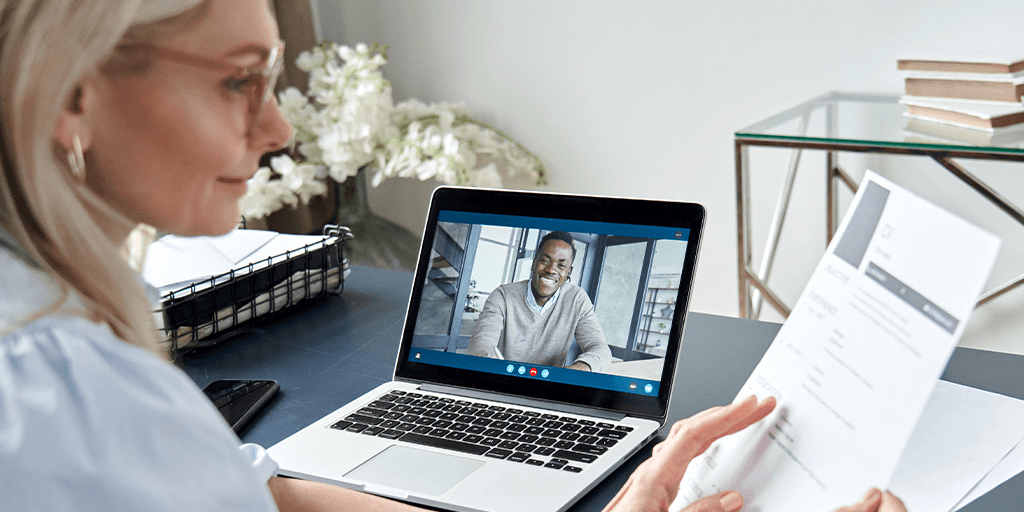It’s true: some recruiters give little importance to cover letters. In fact, 35% of them admit that cover letters do not materially influence their hiring decision. Perhaps this is because many cover letters are incredibly generic and don’t stand out. But what if yours was different and managed to grab their attention? Here are a few tips and best-in-class examples to help you write a tailored cover letter that will impress recruiters.
What’s on a cover letter?
Let’s get started with the basics! A cover letter is a professional document that you submit as part of your job application (alongside your résumé). Its purpose is simple: introduce yourself and convince the hiring manager of your suitability for the job. Generally, you should aim for a cover letter word count of 250 to 400 words and about 3 to 4 paragraphs. Here are the different sections that any cover letter worthy of the name should have:
- Header: Indicate your personal details (name, city, email address and phone number), the date and the company’s contact information (name of the hiring manager, name of the company and the company’s mailing address).
- Greeting: A simple, but pleasant greeting to address the recruiter or hiring manager.
- Opener: Write a catchy introduction that explains why you’re interested in the role.
- Summary of Skills/Qualifications: This is the heart of your cover letter. It outlines your experience and why you’d be a great fit for the company. The idea here is to go beyond what’s already mentioned in your résumé, by developing some experiences, providing more context to skills or insisting on results to help make your case.
- Closing: In this paragraph, provide a call-to-action by expressing interest in an interview. Provide your contact information and sign-off.
Once you know how to structure a cover letter, you can get down to the serious business: the writing. More than a basic description of your skills and professional experience, a good cover letter should be a compelling writing sample that shows off your personality and ability to convey ideas. Read on to find out how to write an outstanding letter!
How to make it unique and memorable?
Did you know that 78% of recruiters believe it is generally easy to tell if a job seeker is using a generic cover letter or if he/she has taken the time to tailor it to the specific job opening? Sorry, but you can’t fool a recruiter! So even if you have an impressive résumé, a dull cover letter could ruin all your chances of being shortlisted for the job. A good cover letter, on the other hand, could spark the recruiter’s interest and get them to read your résumé – especially when you are a young graduate or when you have switched careers.
But what’s the best way to write a convincing cover letter, you might ask. Here are some top tips to make sure your letter lands in the “Brilliant candidates” stack:
- Keep in mind that a cover letter is a supplement to your résumé, not a replacement. Meaning, you don’t just repeat whatever is mentioned in your résumé.
- Note that personalization goes beyond replacing the title and company name in each letter you send to recruiters. It’s about adapting it to each specific job!
- Your cover letter should be tailored to who you’ll be reporting to. Make sure you take the time to think through what would be most relevant to your potential boss!
- If you’re really passionate about a particular job opening, think about where that deep interest is rooted. Then, explain it to the recruiter through a personal story.
- Make sure your story is nonfiction and relatable according to each job. For example, if you are applying for a developer position, you can tell the story of how the hours you spent playing with DOS games as a kid led to your passion for coding.
- Do your research on the company’s culture to demonstrate why you would be a good fit for the company but also to adopt the right tone of voice. For example, if you are applying for a job in a young start-up with a relaxed and friendly culture, you can use more casual and breezy language to convey personality and enthusiasm.
Although all the above tips are helpful in writing a captivating cover letter, nothing beats a good example, right? So, here are two different ones to get you inspired.
Get inspired with cover letter examples
A good cover letter doesn’t necessarily have to be imaginative and original. If you don’t feel like going down a creative route, just stick to a short and impactful cover letter. In 2009, David Silverman penned an article for Harvard Business Review titled, The Best Cover Letter I Ever Received. That letter contained three complete sentences, as follows:

Why we like this cover letter
- It’s short, impactful and tailored to the role. There’s no unnecessary fluff!
- Instead of scattering lots of facts in hopes that one was relevant, the candidate offered up an opinion as to which experiences the recruiter should focus on.
- This is a safer option if you are unsure about whether the recruiter will appreciate a personalised/creative cover letter.
However, if you feel like experimenting a little and are really passionate about the job, you could adopt a more creative approach, like the following example:
[Your name]
[Street address] [City, State, Zip Code] [Email address] [Phone number]
[Date]
[Hiring Manager’s name]
[Company name]
[Street address]
[City, State, Zip Code]
Dear [Hiring Manager’s name],
A quick glance at my résumé will tell you that I am a Certified Digital Marketer, with five years of experience working for a household name in the field of online education. It will also tell you that I have been a teacher in a past life. But there are a couple more things that make me the perfect candidate for the role of Marketing Operations Manager at OpenClassrooms, and which I would like to outline in this letter.
At an early age, I saw my teacher as a superhero who had this amazing power of helping others grow. That’s when my passion for education began and how I became a teacher for the first 10 years of my working life. But what I was really interested in was online education: making education more accessible, to everyone, anywhere in the world. After training as a Digital Marketer with OpenClassrooms, I applied my strategic mind and my ability to leverage digital channels to generate +20% leads and increase customer sales by more than 30% throughout my five years experience working for [name of the company].
My goal is to make sure great content performs better but also, just like you, to help more people access online education. Having trained through an online course myself, I know how effective OpenClassrooms courses are in helping people gain new skills and reach their professional goals. So let’s join forces, with me as your Marketing Operations Manager.
My résumé is attached, including links to my work. I can’t wait to talk further!
Kind regards,
XXXXX
Why we like this cover letter
- The opener is catchy and encourages the reader to keep on reading.
- The applicant explains her background through a relatable personal story.
- She demonstrates her skills by mentioning her education and a top achievement.
- She shows that she’s familiar with the company, its mission and its culture.
- Finally she used casual and enthusiastic language to demonstrate her personality.
Now that you have a better idea of how to structure and write a compelling cover letter, you might wonder what is the best way to send it to recruiters?
Should you send it as an attachment or as the body of an email?
There’s no right or wrong answer. But if the employer doesn’t accept attachments—or they do not specify how to send your cover letter— we would recommend sending your cover letter in the body of the email. In fact, this allows the hiring manager to see your cover letter as soon as they open your email, instead of having to download an attachment to view it. Another option is to send your résumé and cover letter as a unique PDF file (remember to mention both documents in the file name), so they can download everything at once.
Before you click send, remember to ask a relative or friend to proofread your letter and double-check your spelling and grammar. Also, we recommend sending yourself a test email to make sure your email is displaying well and that attachments are working properly. Finally, make sure you clearly state your full name, the job title and job ID (if applicable) in the subject line. Everything is looking good? Great, then you’re ready to send it off!
As a final note: keep in mind that writing a cover letter doesn’t mean copying and pasting a standard template you’ve found online. It’s pretty much all the opposite! It’s about tailoring your cover letter to a specific job and conveying personality. By doing this, you’ll find that the process of writing a cover letter becomes less monotonous. Also, chances are that recruiters will enjoy reading your letter and will, therefore, be more likely to invite you for an interview!
Looking for more guidance on landing your dream job? Take our free course Land a job conducted by our HR experts and coaches, to understand a job offer, identify key skills, get shortlisted, prepare an interview and a lot more. Other free courses are available here.









